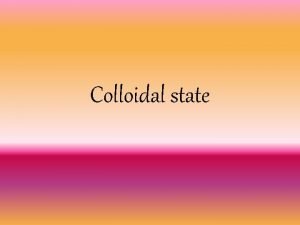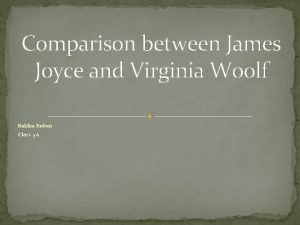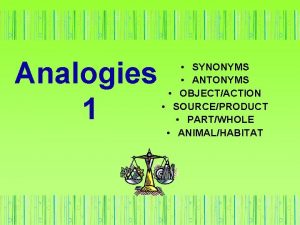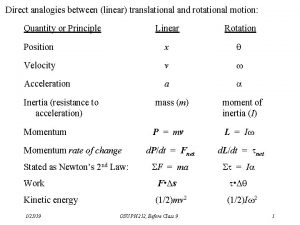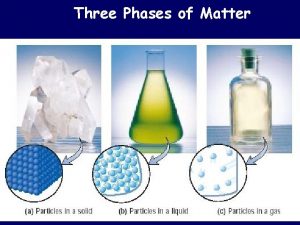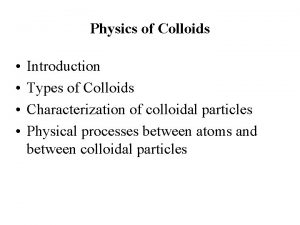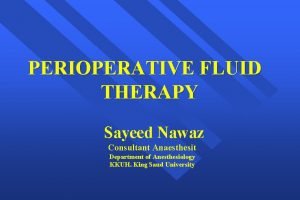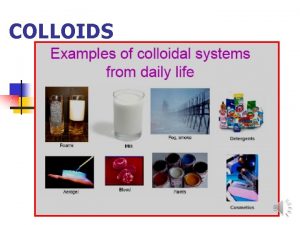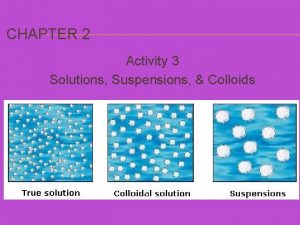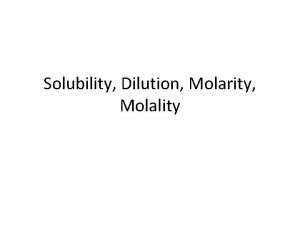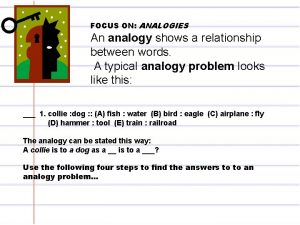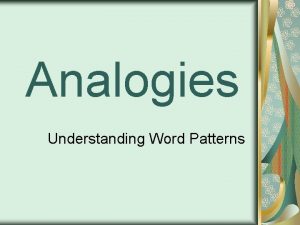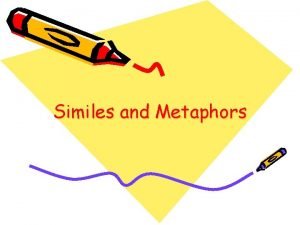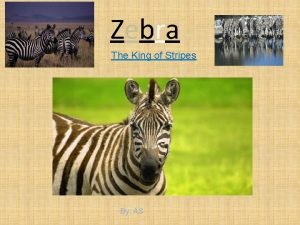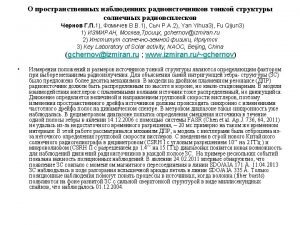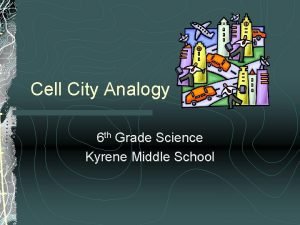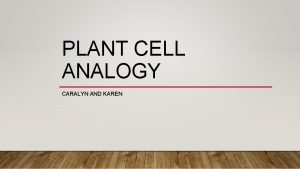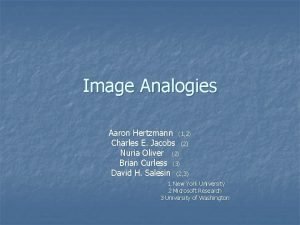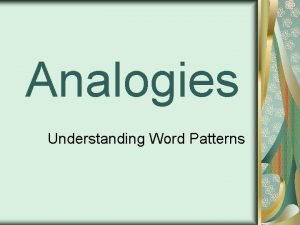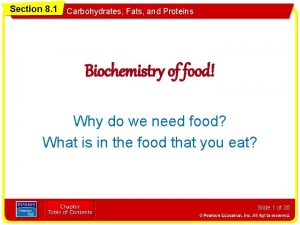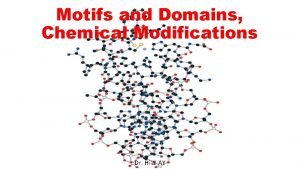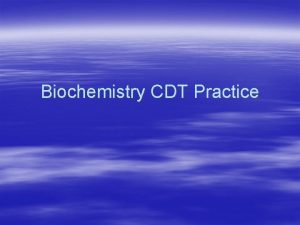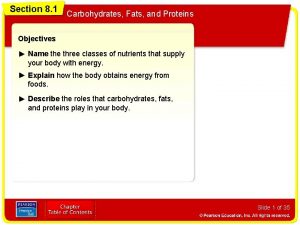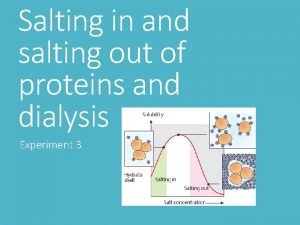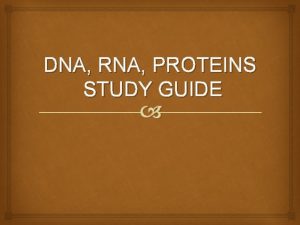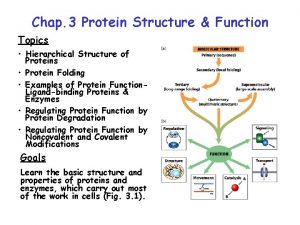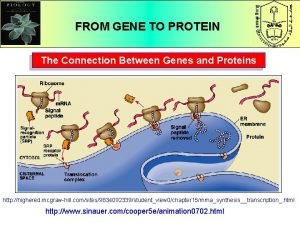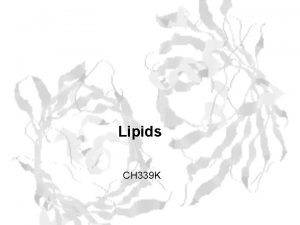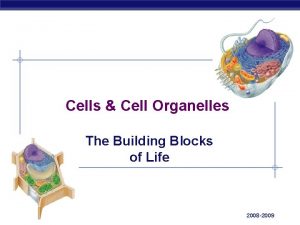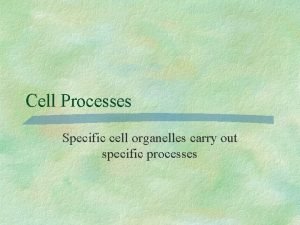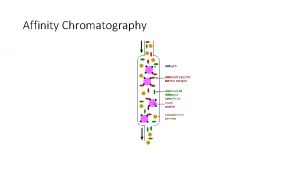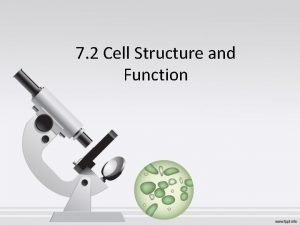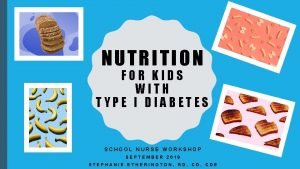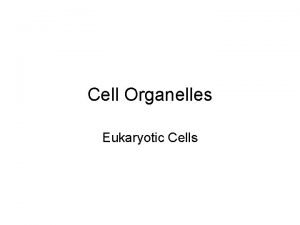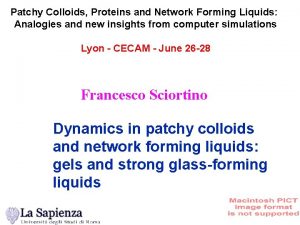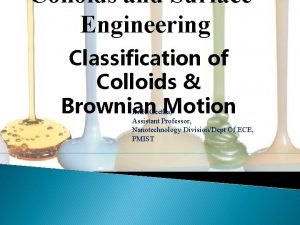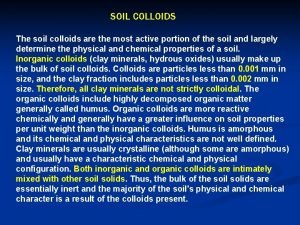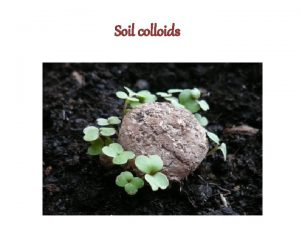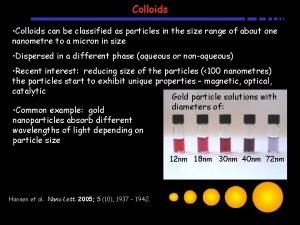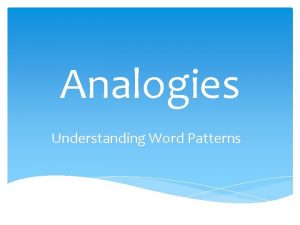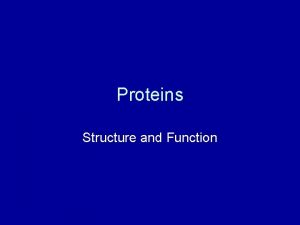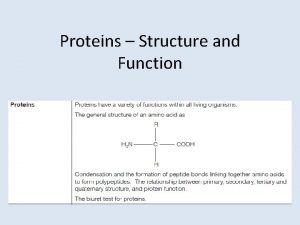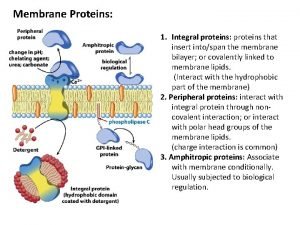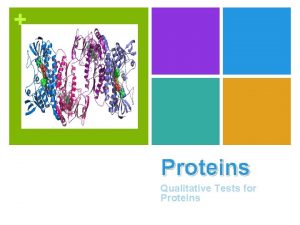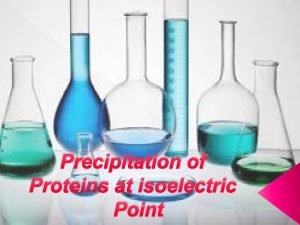Patchy Colloids Proteins and Network Forming Liquids Analogies















































- Slides: 47

Patchy Colloids, Proteins and Network Forming Liquids: Analogies and new insights from computer simulations Lyon - CECAM - June 26 -28 Francesco Sciortino Dynamics in patchy colloids and network forming liquids: gels and strong glass-forming liquids

Motivations • The fate of the liquid state…. Gels and phase separation: essential features (Sticky colloids Proteins, network-forming liquids) Models of patchy particles. Why to revisit them ? • Thermodynamic and dynamic behavior of new patchy colloids. • Clues in understanding dynamics in network forming liquids (Silica, water…. ) • Essential ingredients of “strong behavior” (A. Angell scheme) in glass-forming liquids.

Liquid-Gas Spinodal Glass line (D->0) Binary Mixture LJ particles “Equilibrium” “homogeoues” arrested states only for large packing fraction

The general (spherical) case (for hard core complemented by attraction)

Nmax=4 phase diagram - Isodiffusivity lines

The PMW model J. Kolafa and I. Nezbeda, Mol. Phys. 161 87 (1987) V(r) Hard-Sphere + 4 sites (2 H, 2 LP) Tetrahedral arrangement r u 0 (energy scale) H-LP interact via a SW Potential, of range l=0. 15 s. s (length scale) Bonding is properly defined --- Lowest energy state is well defined

The PMS Model Ford, Auerbach, Monson, J. Chem. Phys, 8415, 121 (2004) Silicon Four sites (tetrahedral) Oxygen Two sites 145. 8 o SW interaction between Si sites and O sites s. OO=1. 6 s 1/2 l=[1 -3 /2]s

Equilibrium phase diagram (PMW)

Pagan and Gunton JCP (2005)

Equilibrium Phase Diagram PSM

Critical Point of PMW GC simulation BOX SIZE=6 s TC=0. 1095 f. C=0. 153

Critical Point of PMS GC simulation BOX SIZE=9 s TC=0. 075 f. C=0. 0445 s=0. 45

Potential Energy for the PMW Optimal density !

Potential Energy -- Approaching the ground state Progressive increase in packing prevents approach to the GS

E-Egs vs. 1/T

Potential Energy along isotherms Optimal density Hints of a LL CP

S(q) in the phase-separation region

S(q) in the network region

PMS -Potential Energy

PMS E vs 1/T

PMS Structure (r-space)

Structure (q-space)


Summary of static data Phase Separation Region of phase separation Optimal Network Region Arrhenius Approach to Ground State Packing Region


Diffusion Coefficient

D along isotherms Diffusion Anomalies

Isodiffusivities …. (PMW) …. Isodiffusivities

Si dynamic in PSM


Comparing different potentials Bonded-triples angle q

How to compare these (and other) models for tetracoordinated liquids ? Focus ONLY on the # of 4 -coordinated particles (other particles are “bond-mediators”) (#) Length scale ---- nn-distance among 4 -coordinated particles (l 44) Scaled Density = # (l 44 )3/V Energy scale ---- Tc

Comparing E(n) at low T

Comparing isodiffusivity lines

Analogies with other network-forming potentials ST 2 (Poole) SPC/E Faster on compression BKS silica (Saika-Voivod) Slower on compression

Water Phase Diagram F ~ 0. 34

Comments • Directional interaction and limited valency are essential ingredients for offering a new final fate to the liquid state and in particular to arrested states at low f • The resulting low T liquid state is (along isochores) a strong liquid. Directional bonding is essential for being strong. • Gels and strong liquids are two faces of the same medal.

Graphic Summary Two glass lines ? Fragile Liquids Colloidal Glasses Strong liquids - Gels Arrest line

Coworkers: Cristiano De Michele (PMW, PMS) Simone Gabrielli (PMW) Piero Tartaglia Emanuela Zaccarelli

http: //www. socobim. de/

Gelation as a result of phase separation (interrupted by the glass transition) T T f f

Density Anomalies… (and possible 2’nd CP)



D vs (1 -pb)

D vs (1 -pb) --- (MC) D ~ f 04 ~(Stanley-Teixeira)

G. Foffi, E. Zaccarelli, S. V. Buldyrev, F. Sciortino, P. Tartaglia Aging in short range attractive colloids: A numerical study J. Chem. Phys. 120, 1824, 2004
 Example of colloids and its uses
Example of colloids and its uses Colloidal state of matter
Colloidal state of matter Virginia woolf on james joyce
Virginia woolf on james joyce Bees hive bears analogy
Bees hive bears analogy Analogy between linear and rotational motion
Analogy between linear and rotational motion Animal/habitat analogy examples
Animal/habitat analogy examples Types of colloids and examples
Types of colloids and examples Colloidal table
Colloidal table Anaesthesit
Anaesthesit Difference between colloids and crystalloids
Difference between colloids and crystalloids Crystalloids
Crystalloids Colloids and interfaces
Colloids and interfaces Tyndall effect is an optical property.
Tyndall effect is an optical property. Solutions, suspensions and colloids activity
Solutions, suspensions and colloids activity Molarity by dilution worksheet answers
Molarity by dilution worksheet answers Colloids in blood
Colloids in blood Relationship analogy
Relationship analogy Part of a whole analogy
Part of a whole analogy Author write chef cook analogy
Author write chef cook analogy Types of analogy relationships
Types of analogy relationships Similies about summer
Similies about summer Zebras adaptations
Zebras adaptations Analogies zebra stripes leopard
Analogies zebra stripes leopard Cell city drawing
Cell city drawing Significant figures ap chemistry
Significant figures ap chemistry Science fiction often uses nautical analogies
Science fiction often uses nautical analogies Plant cell house analogy
Plant cell house analogy Image analogies
Image analogies Give an example of homeostasis.
Give an example of homeostasis. What type of analogy is author write chef cook
What type of analogy is author write chef cook Section 8-1 carbohydrates fats and proteins answer key
Section 8-1 carbohydrates fats and proteins answer key Motifs and domains of proteins
Motifs and domains of proteins Organic compounds such as proteins and starches are too
Organic compounds such as proteins and starches are too Lbv foods examples
Lbv foods examples Section 8-1 carbohydrates fats and proteins answer key
Section 8-1 carbohydrates fats and proteins answer key Salting in
Salting in Definition protein
Definition protein Dna rna and proteins study guide answers
Dna rna and proteins study guide answers Protein structure
Protein structure What is the connection between genes and proteins
What is the connection between genes and proteins Integral and peripheral proteins
Integral and peripheral proteins Amidomalonate synthesis mechanism
Amidomalonate synthesis mechanism Ribosome factory part or worker
Ribosome factory part or worker Does exocytosis require energy
Does exocytosis require energy Difference between affinity and ion exchange chromatography
Difference between affinity and ion exchange chromatography Organelle that modifies sorts and packages proteins
Organelle that modifies sorts and packages proteins Diabetes diet chart
Diabetes diet chart Analogy for microtubules
Analogy for microtubules

